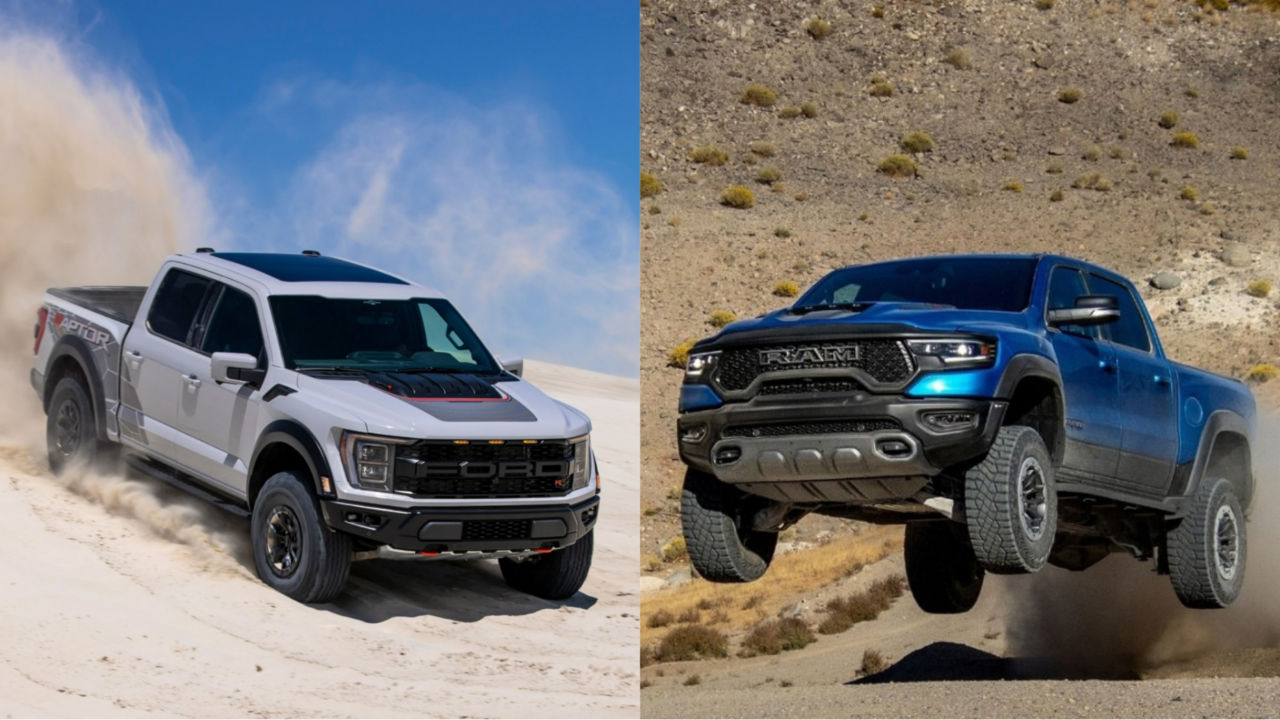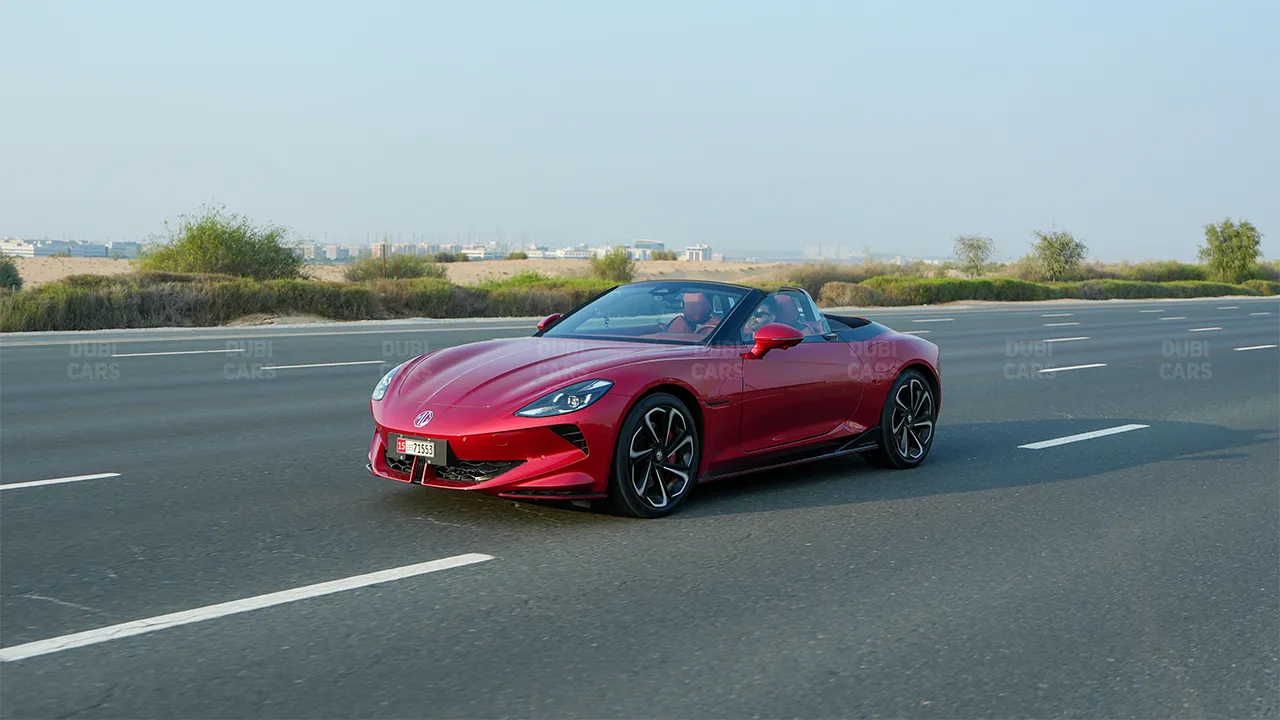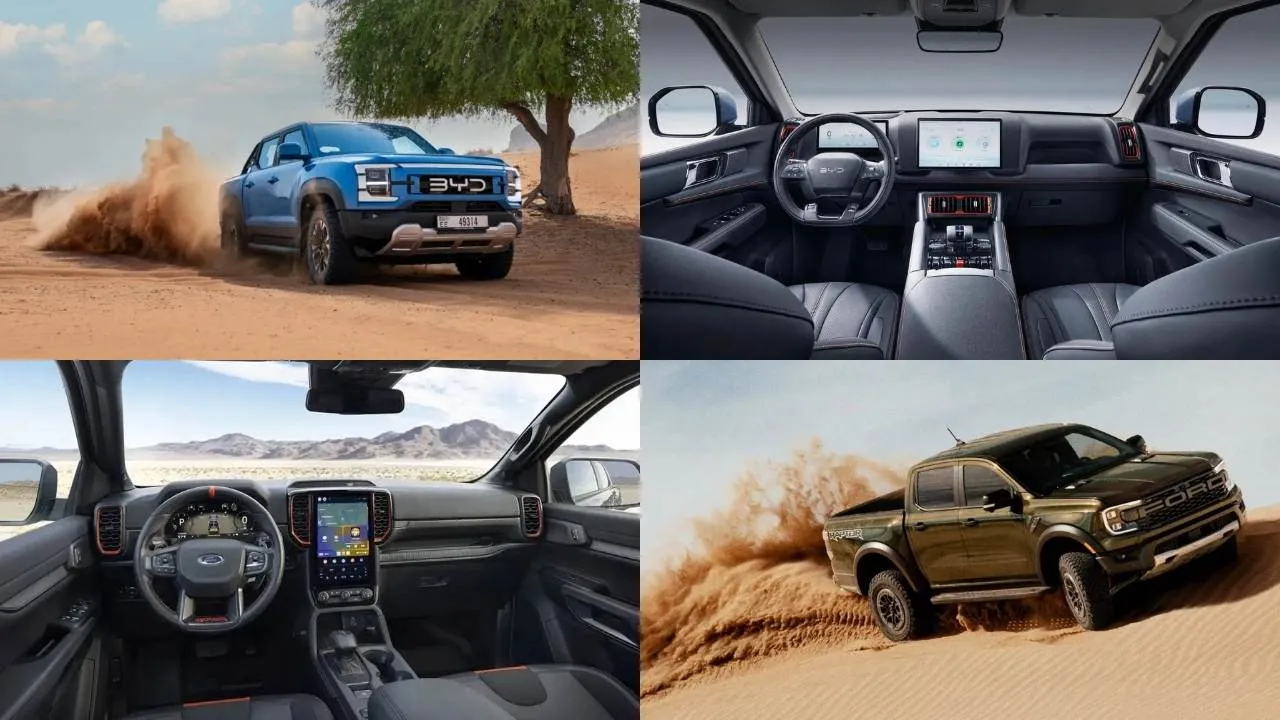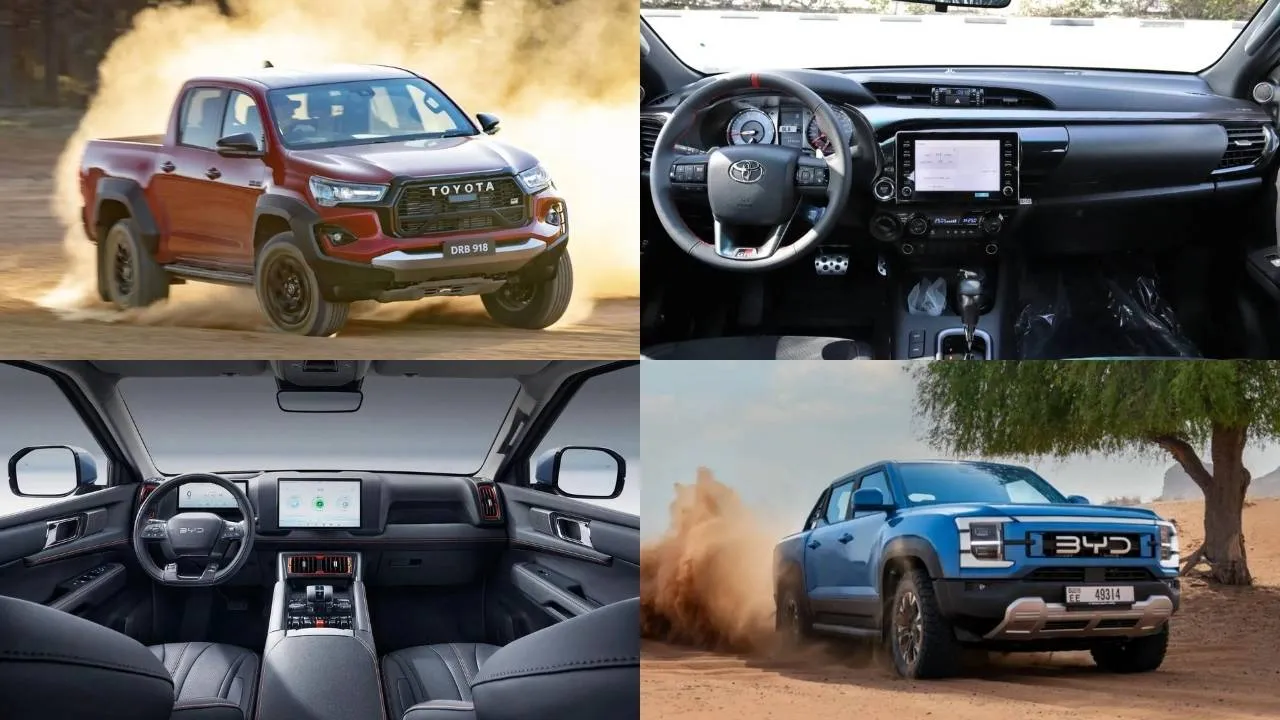First Look: 2026 Toyota RAV4 – Sharper, Smarter & Cleaner
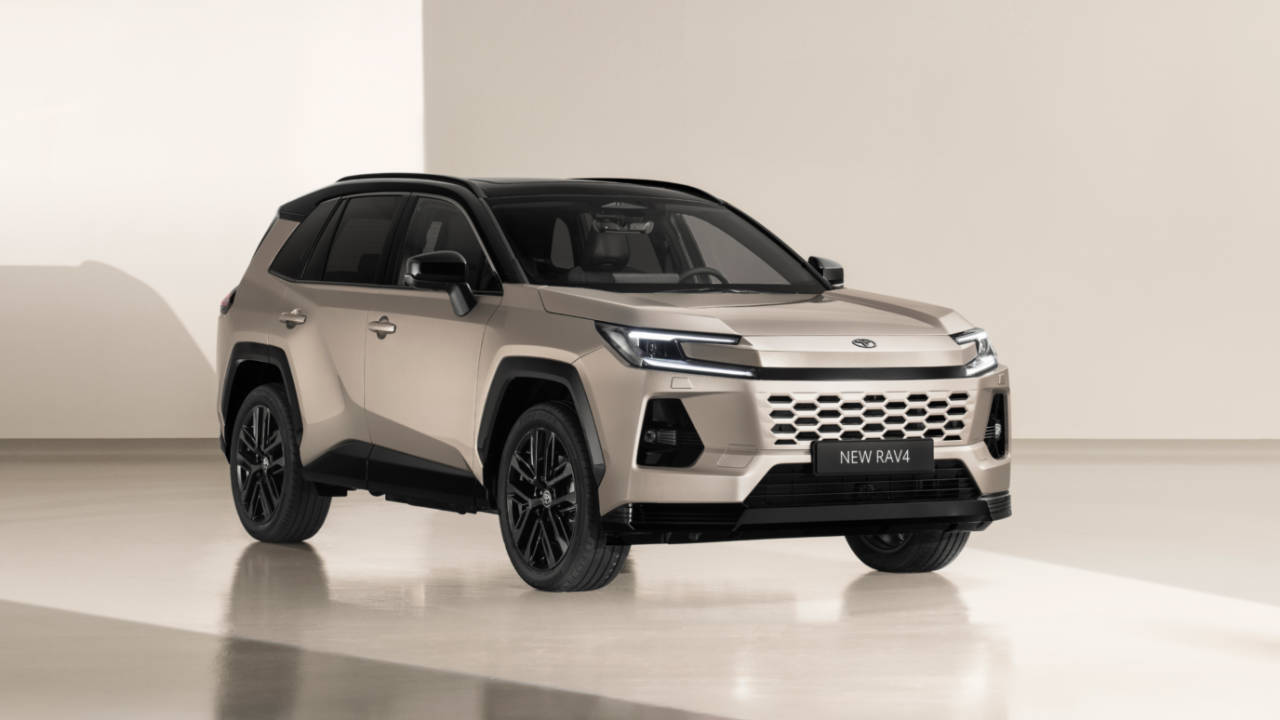
Toyota has revealed the sixth-generation RAV4, marking another chapter in the evolution of one of its most globally recognised models. First launched in 1994, the RAV4 helped define the crossover SUV category by combining everyday practicality with off-road capability.
The new model builds on that foundation with a focus on electrified powertrains, improved usability, and a design that reflects the demands of modern driving. With plug-in hybrid (PHEV) and hybrid electric (HEV) variants on offer, the RAV4 continues to prioritise efficiency while introducing a host of new features aimed at improving both driving performance and in-cabin experience.
Exterior Design
The new Toyota RAV4 retains its familiar SUV proportions but adopts a cleaner and more functional design language. Toyota has based the vehicle’s exterior styling on three key elements: large-diameter wheels, a higher ground clearance, and a practical layout that supports varied usage. The design remains boxy but well-organised, with subtle changes that improve visibility and usability without compromising its rugged image.
Standard Model:
Each version of the RAV4 has its own character. The Core model is aimed at everyday drivers and features a structured, refined design with a balanced form. It also introduces a hammerhead-style front end with a 3D bumper and grille layout that gives it a more planted appearance.
Adventure & GR-Sport:
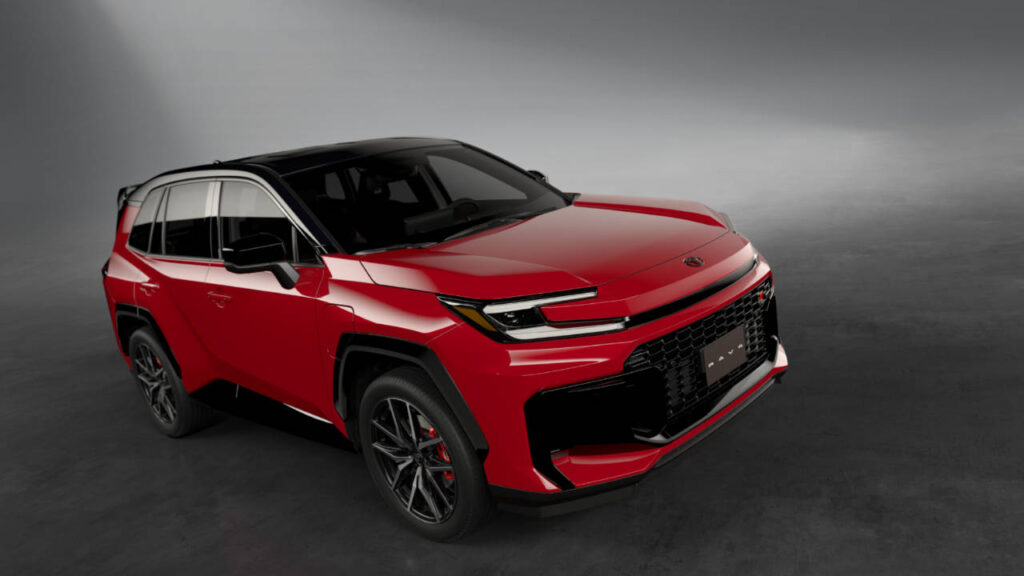
The Adventure variant adds chunkier styling, pronounced wheel arches, and a taller grille. Its raised nose enhances the off-road posture. The GR SPORT model introduces aerodynamic tweaks, including front and rear spoilers and a unique wheel design to improve handling and reduce air resistance. A wider +20 mm tread gives it a broader stance.
Interior Layout & Design
Inside, Toyota has made changes that prioritise function. The cabin uses “island architecture”, where related features are grouped for better usability. The dashboard has been lowered by 40 mm to improve visibility. A horizontal layout creates a stable feeling, especially when driving on slopes or uneven surfaces.
The boot has grown to 749 litres, and the rear seats now fold flat to make loading long items easier. The centre console includes a reversible lid, which can act as both a tray and an armrest. Storage compartments are shaped for better access, and the materials used are simple, durable, and easy to clean. The cabin layout reflects the RAV4’s aim to serve both family needs and outdoor travel.
Technology
The sixth-generation RAV4 introduces Toyota’s new Arene software platform, which marks a shift toward software-defined vehicles. With Arene, Toyota enables over-the-air updates, so features like safety systems, infotainment, and performance settings can be improved without needing any physical upgrades. This ensures the car remains up to date long after purchase.
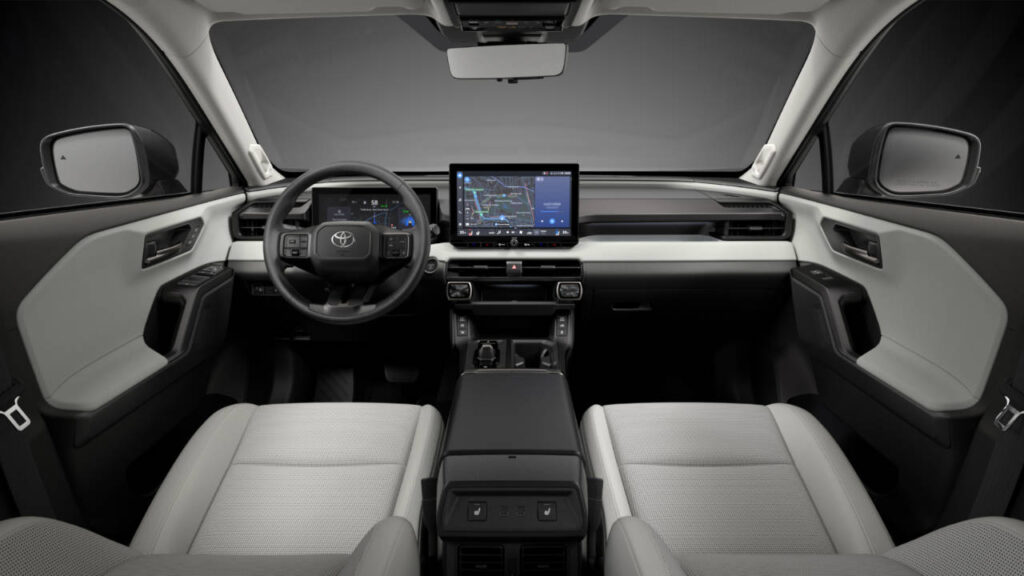
Inside, the RAV4 is fitted with advanced digital displays that are smoothly integrated into the dashboard. Higher trims come with a 12.3-inch digital driver display, while all versions feature a 10.5-inch central infotainment touchscreen. These screens are arranged to limit eye movement and improve overall usability.
- Wireless Apple CarPlay and Android Auto are supported, ensuring easy smartphone connectivity.
- A cloud-based navigation system offers real-time traffic updates and voice-activated guidance.
- Improved voice recognition allows hands-free control for climate, calls, and directions.
- Multiple USB-C charging ports are provided in both front and rear rows.
- A Qi wireless charging pad is available in some variants, built into the central console.
- The system supports multiple driver profiles, remembering settings for audio, navigation, and safety alerts.
- Toyota’s design ensures that the vehicle’s digital functions can evolve with future software upgrades.
Engine, Gearbox & Performance
The 2026 Toyota RAV4 is available exclusively with electrified powertrains, offering both Hybrid Electric Vehicle (HEV) and Plug-in Hybrid Electric Vehicle (PHEV) variants.
Hybrid Electric Vehicle (HEV):
- Engine: 2.5-litre four-cylinder petrol engine.
- Power Output: 226hp with front-wheel drive (FWD); 236hp with all-wheel drive (AWD).
- Hybrid System: Toyota’s fifth-generation hybrid system, featuring improvements to the power control unit and battery for enhanced efficiency and performance.
Plug-in Hybrid Electric Vehicle (PHEV):
- Engine: 2.5-litre four-cylinder petrol engine paired with two electric motors.
- Power Output: Combined 320hp (AWD only).
- Electric-Only Range: Up to 80 km on a single charge.
- Battery: Larger high-capacity traction battery with silicon-carbide semiconductors to improve efficiency and power delivery.
- Charging: DC fast-charging capability on certain trims, allowing the battery to reach 80% charge in about 30 minutes. An 11-kilowatt onboard charger is also available on all trims.
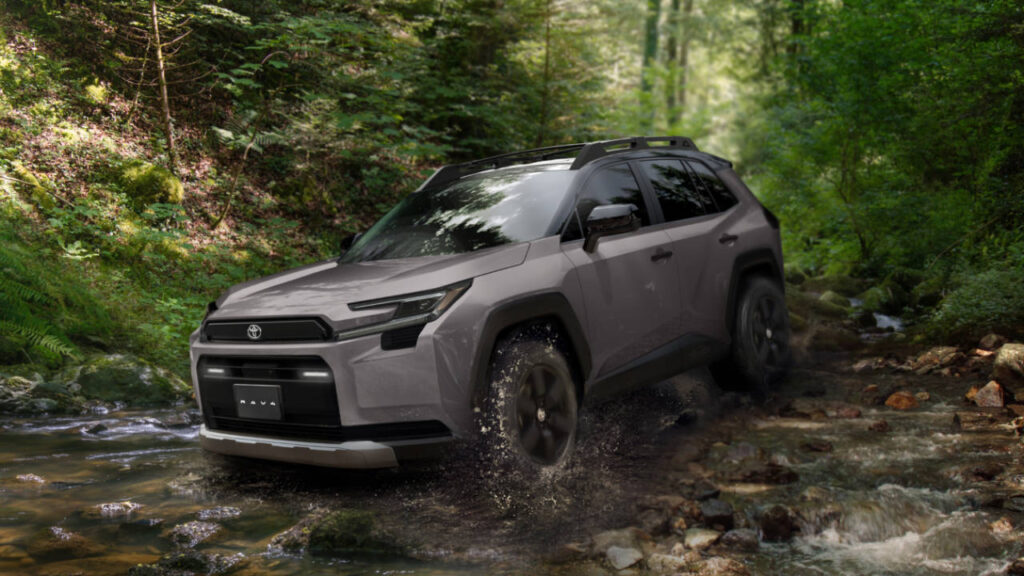
Transmission:
- Both HEV and PHEV models are equipped with an electronic continuously variable transmission (e-CVT), providing smooth and efficient power delivery.
Performance Enhancements:
- The GR Sport trim includes a wider track (+20 mm), exclusive suspension tuning, and stiffer electric power steering calibration for improved handling and stability.
- Lightweight aluminium wheels contribute to reduced unsprung mass and better driving dynamics.
Safety
Toyota has updated its Safety Sense system with both improved and new functions. The Emergency Driving Stop System (EDSS) activates if the driver becomes unresponsive, gradually slowing the vehicle and steering it safely to the roadside. The system uses sensors to detect suitable stopping locations, particularly when driving in highway conditions.
Also included is a sudden acceleration suppression system, which intervenes if it detects abnormal or unintended throttle input. This system is now standard and is part of Toyota’s broader move to support accident prevention. Both systems are supported by Arene, which will allow Toyota to improve and expand safety functions over time through remote software updates.
Rivals
The RAV4 competes directly with several established models in the mid-size SUV segment. These include the Honda CR-V, Hyundai Tucson, Mazda CX-5, Volkswagen Tiguan, and Nissan X-Trail. It also faces growing competition from Chinese brands such as the Chery Tiggo 8 Hybrid, MG HS, Haval H6, Geely Monjaro, BYD Song Plus, Exeed RX Hybrid, and Jetour T2 Hybrid.
New Toyota RAV4 in the UAE

The new RAV4 is well-suited to the UAE’s conditions and lifestyle. The availability of PHEV and HEV models means buyers can choose fuel efficiency with or without plug-in charging. The 80 km electric range is likely to cover most daily commutes in cities like Dubai and Abu Dhabi.
While final specifications and pricing for the UAE are yet to be confirmed, it’s expected that all key variants will be offered. Toyota will look to launch the new RAV4 in the UAE within a couple of months due to its popularity in the region.
FAQs
What are the engine options for the 2026 Toyota RAV4?
The 2026 RAV4 offers hybrid and plug-in hybrid (PHEV) powertrains, both featuring a 2.5L 4-cylinder engine paired with electric motors.
What is the electric-only range of the 2026 RAV4 PHEV?
The RAV4 PHEV provides up to 50 miles (approximately 80 km) of electric-only driving range.
Does the 2026 RAV4 support fast charging?
Yes, the PHEV model supports DC fast charging, allowing the battery to reach 80% charge in about 30 minutes.
What are the new technology features in the 2026 RAV4?
The 2026 RAV4 includes Toyota’s Arene software platform, a 12.3-inch digital instrument cluster, and a 10.5-inch infotainment touchscreen with wireless Apple CarPlay and Android Auto.
When will the 2026 Toyota RAV4 be available in the UAE?
The 2026 RAV4 is expected to launch in the UAE in late 2025.
Find the best used RAV4 for sale in the UAE.
Stay tuned to UAE’s most popular auto blog for more information about the latest happenings in all of the Emirates.
Also Read:
- Trump’s Auto Industry Tariffs & Its Global Outcome
- Voyah Marks UAE Debut With Performance Plus Motors
- Chinese Cars Launched In The UAE So Far In 2025


